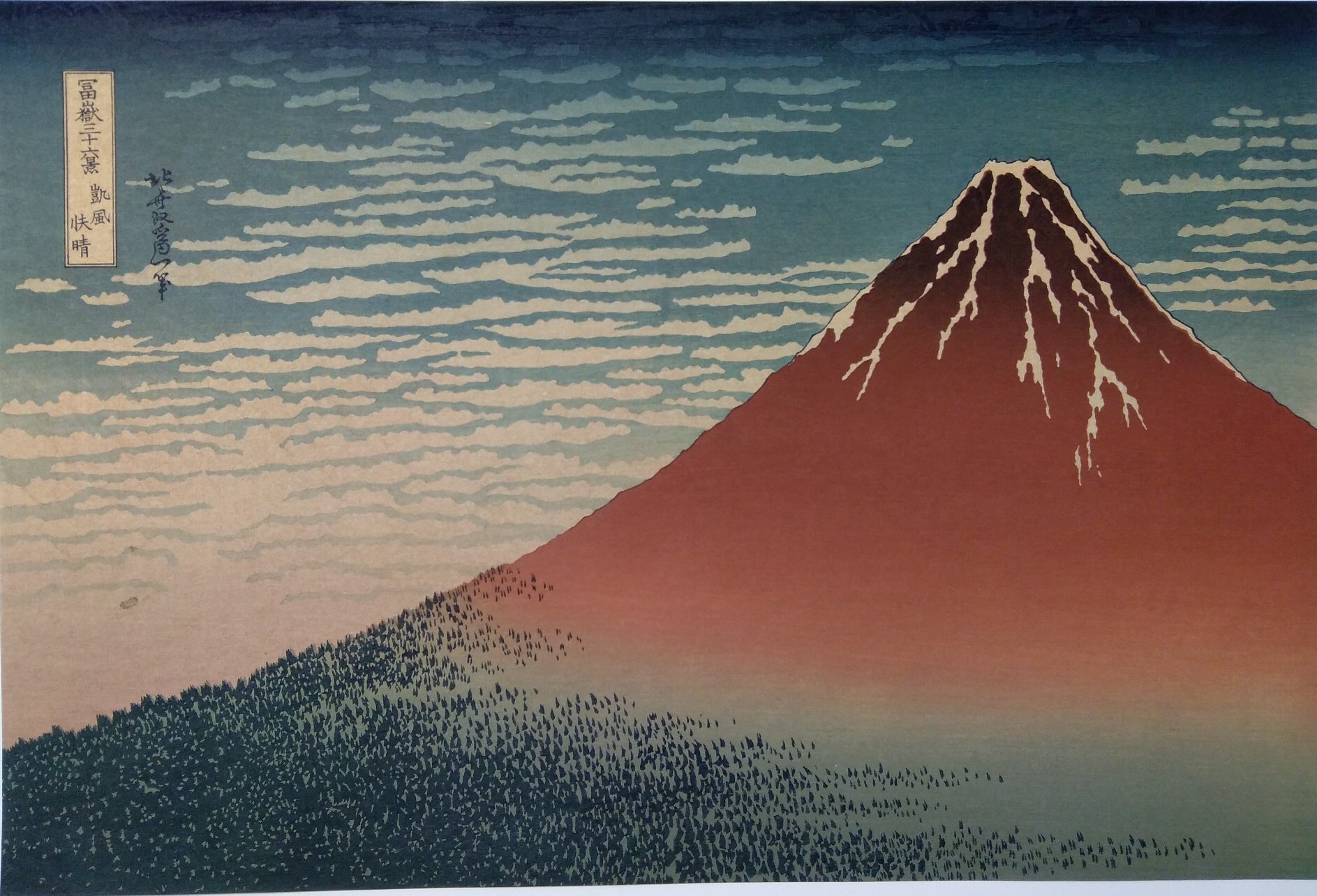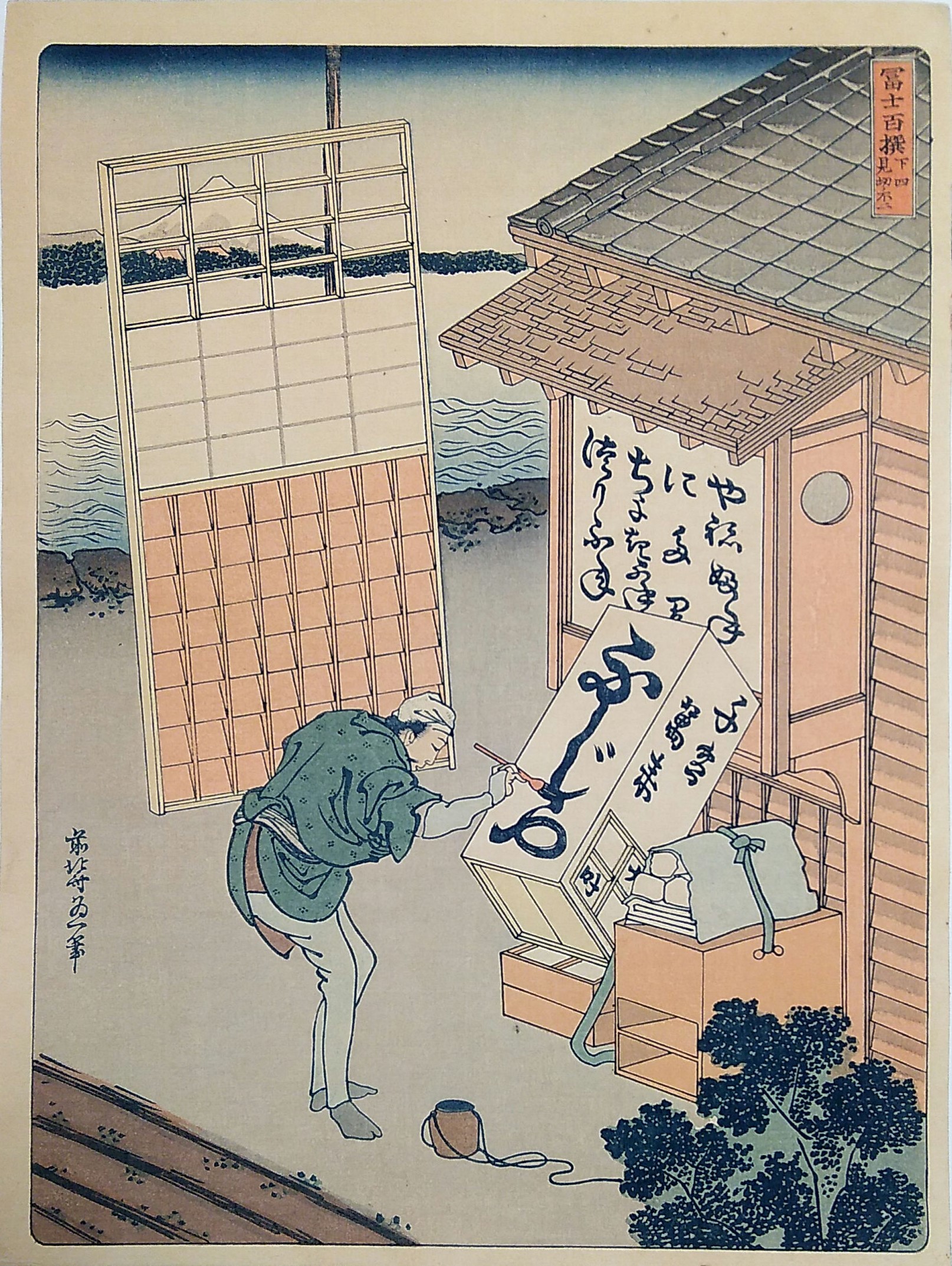Katsushika Hokusai
1760 ~ 1849Hokusai Katsushika, born as Tokitarō Kawamura, is considered one of the greatest Japanese artists and a prominent figure in ukiyo-e.
Born in the Honjo district of Edo, he was adopted by mirror maker Ise Nakajima and began learning engraving at a young age. His artistic career formally began around 1779 when he joined the workshop of ukiyo-e master Katsukawa Shunsho.
Hokusai changed various names throughout his life, including "Tetsuzō Nakajima" and "Sori," before settling on "Hokusai."
Following the death of his first master and various disagreements, he became an independent artist around 1798. The following decades were marked by both professional success and personal struggles, including the death of his second wife.
His most famous work is the series Thirty-Six Views of Mount Fuji, which includes the iconic print The Great Wave off Kanagawa. This series and others like One Hundred Views of Mount Fuji and A Tour of the Waterfalls of the Provinces established
him as a leading landscape artist, revolutionizing the genre with bold compositions and innovative techniques.
Hokusai is also known for his Manga (sketchbooks), published starting in 1814, capturing Edo-period life with a spontaneous, sketch-like quality.
Throughout his career, he created over 30,000 works, using more than 50 artist names. His influence extended globally, inspiring movements such as Impressionism and Art Nouveau in Europe.
 Sold Out
Sold Out
And early autumn morning view of the Mount Fuji.
Widely known as the Red Fuji for its reddish rock surface it is actually named "Gaifu kaisei" where "gaifu" means gentle breeze and "kaisei" clear weather.
Sharp is the contrast between the upper part and the lower part of the mountain as deep is the symbolism behind them: the upper bare rock is called burning mountain (yakiyama) and represents "that world" (ano yo) where ghosts and spirits move in the afterlife,
while the flourishing forest spreading across the lower part, known as grass mountain (kusayama) represents "this world" (kono yo) where common people live.
The top of mountain is the most sacred place where the Asama Shrine (Asama Daijin) hosts the "Konohana no sakuya hime" deity.
 Not for Sale
Not for Sale
